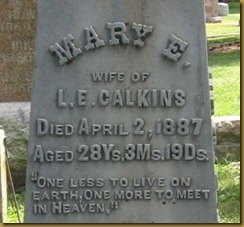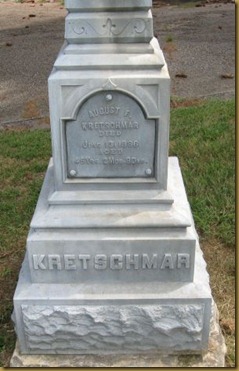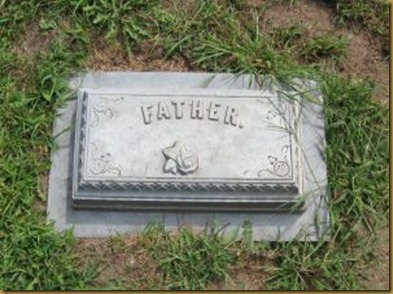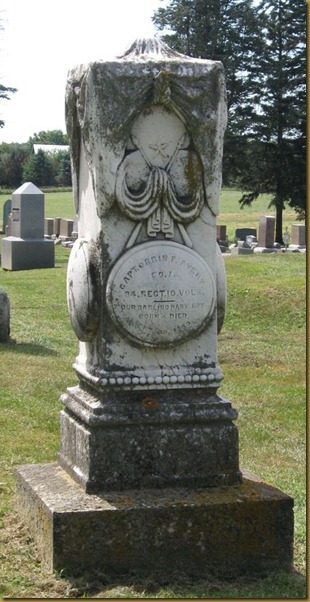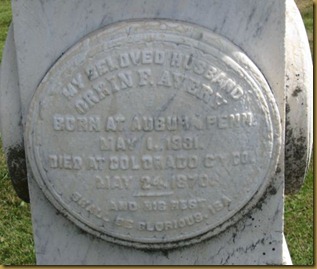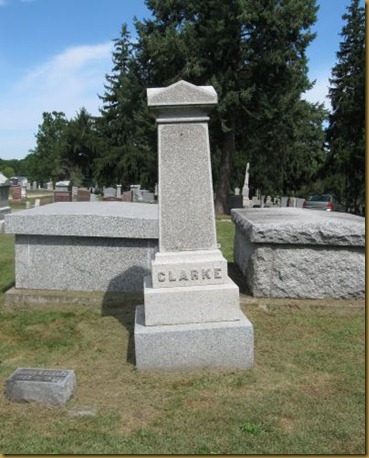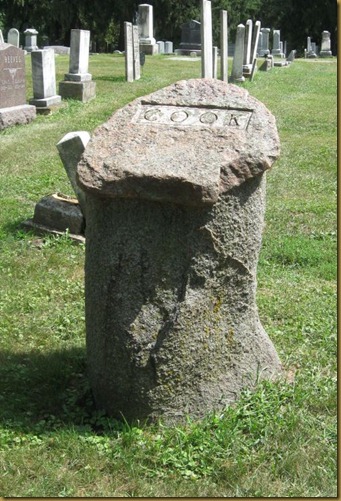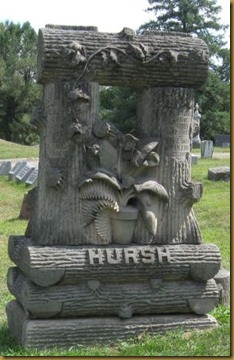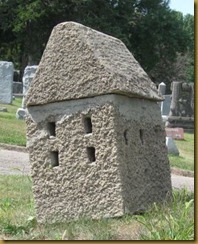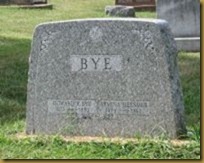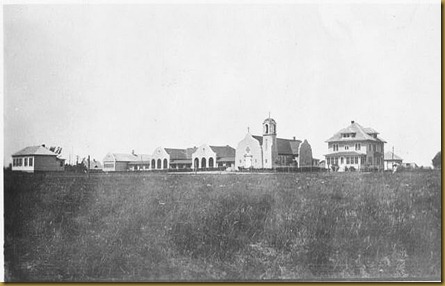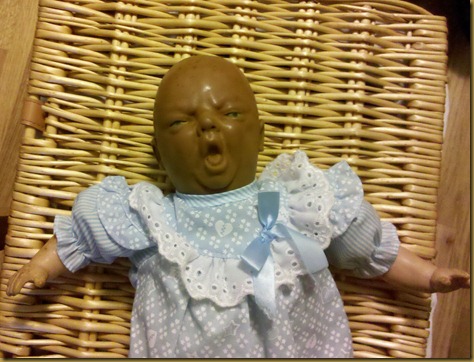
I don’t think about junior high without thinking of Miss Birks. The big old school building, pictured above, was referred to in postcards as the “new high school” but by the time I worked my way up the educational ladder, a newer “new high school” had been built, and the large, historic old building had been turned over to the junior high crowd. Even back then, I loved the old architecture of the building, although the sheer size of it scared me half to death, as did Miss Birks.
I passed Miss Birks in the hallways many more times than I could count. She always seemed to have a stern look about her, but then, after years of dealing with youngsters of that age and hormonal status, you’d better be tough. At one particular point in time, I recall going through a bit of a crisis, and although I don’t recollect exactly what the problem was, it was serious enough that I considered talking to Miss Birks, who was by then the guidance counselor. However, about that time I’d pass her in the hall again, and her aura of authoritarianism quickly changed my mind.
 Over the years, when I’d see old photos of that beautiful school building, I’d think briefly of Miss Birks, but I hadn’t given her much in depth consideration until tonight, while browsing through an old 1926 Huron High School Tiger yearbook, and, much to my surprise, there she was in the graduating class! Next to her photo, the question was asked, “Will her voice resound thru the ages as it has the halls of H. H. S.?” What? Miss Birks was noisy in the halls? Really!? I wish I’d known that 40 years ago! And what a prophetic question! Yes, as it turned out, her voice would resound through those halls for a very long time to come.
Over the years, when I’d see old photos of that beautiful school building, I’d think briefly of Miss Birks, but I hadn’t given her much in depth consideration until tonight, while browsing through an old 1926 Huron High School Tiger yearbook, and, much to my surprise, there she was in the graduating class! Next to her photo, the question was asked, “Will her voice resound thru the ages as it has the halls of H. H. S.?” What? Miss Birks was noisy in the halls? Really!? I wish I’d known that 40 years ago! And what a prophetic question! Yes, as it turned out, her voice would resound through those halls for a very long time to come.Miss Marie Birks, 1926
She was first-generation American born – her father came from England in 1883, and her mother a few years later, from Denmark. Her father was most noted for his work as Beadle County Treasurer as well as a long-time real estate agent.
She retired from the Huron Public School district with 39 years to her credit, according to the local newspaper.
Miss Birks was 96 years old when she passed away at the Huron Nursing Home in May of 2005. As the children were closing another year of school, she closed the book of her life.
And yes, I eventually did get desperate enough to talk to her about my catastrophic situation, whatever it was. She was one of the nicest, most empathetic and caring teachers I’ve known. She helped me resolve my situation, encouraged me, and afterward remembered me with a smile every time we passed in the hall. While Miss Birks is gone, as is the old school building, I won’t forget either one of them.
A few sources -
Social Security Death Index
1926 HHS Tiger Yearbook
1910, 1920, 1930 Federal Census
Numerous Huron City Directories
Numerous old Huron Daily Plainsman, Dakota Huronite, and other local newspaper articles
© Karen Seeman, 2011
Graphics courtesy of JOD







